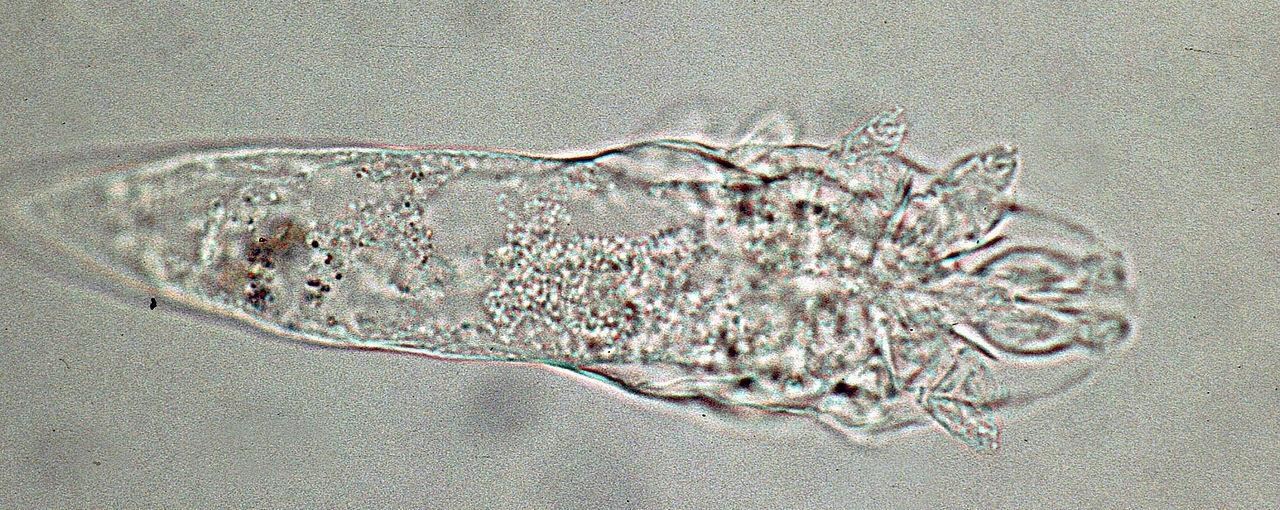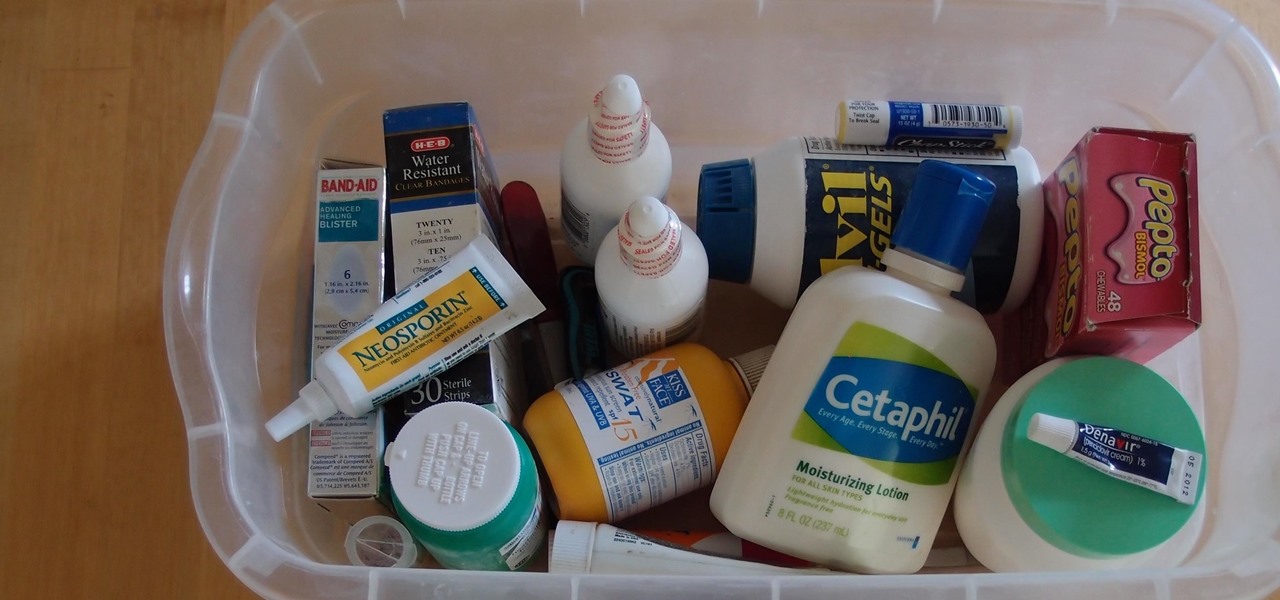The next time you suffer a cut or abrasion, think twice before you reach for the Neosporin.
It's time, and mom, tested — you get a cut, you wash it carefully, then apply some triple-threat antimicrobial ointment. You may or may not slap on a band-aid. We won't cover it here, but so that you know, covering the wound with a sterile dressing or band-aid is a good idea.
So the only problem with this picture is that the antibiotics in the ointments have a significant impact on the good microbes that live on your skin. Taking them down with antibacterial gels can increase your risk of developing resistant bacteria. Don't believe me? Read on.
In a study published in the journal Antimicrobial Agents and Chemotherapy, researchers from the University of Pennsylvania Perelman School of Medicine are the first to provide a bottom line to how long it takes your skin's bacterial community to recover from antibacterial ointments.
While this sounds a lot like the discussion about the case against antibacterial soaps — it isn't. With antibacterial soaps, the active ingredients can enable a good home base for developing rugged — and dangerous — resistant bacteria. Here, the discussion is all about disruption.
"Disruption" is an altogether overused buzzword these days, but it correctly describes what happens when the gooey ointment from the tube gets squeezed on your wound and surrounding area.
When you have a cut on your leg, hand, or elsewhere, the community of bacteria that make their home on your body may not be your first concern. You are in pain and possibly disgusted. But your skin is the first and largest line of defense against pathogens, and it gets big support from the microbes that occupy every nook and cranny on your body.
A good example of body-dwelling organisms is those that live on your face. Demodex mites live their whole lives on you — and everyone you know. Now that's sharing. It isn't an issue of being clean — you are just their real estate; location, location, location. While research has implicated these mites in some cases of rosacea, they're mostly harmless, and almost everyone has them.

While the use of antibiotic ointments is intended to speed healing of your wound and keep infection away — that's not all it does.
By looking at the effects of these chemicals on communities of bacteria living on skin, the researchers found that the skin microbiome immediately responds to ointments, and the change is not always good.
What the Science Says About Antimicrobial Ointments
When you use an antimicrobial ointment on your skin, it is a shotgun solution to a pretty targeted problem. Broad spectrum antibiotics kill everything and create a less crowded environment for pathogens to enter. Overall, the ointments clear cut the good bacteria on your skin, and give the more dangerous bacteria room to spread.

In this study, researchers used hairless mice to evaluate the impact of topical antibiotic ointments on resident skin communities. Of particular interest to the team was the use of a broad-spectrum ointment containing neomycin, polymyxin B, and bacitracin. They also evaluated a focused ointment containing mupirocin and looked at antiseptics like iodine and alcohol.
The research confirmed some ideas and offered some surprises, including:
- Treatment with triple-action antibiotic ointment almost immediately reduced the level of bacterial diversity in the skin microbiome.
- The effect of the disruption of the healthy community of bacteria continued as long as a week after the treatment.
- The ointment not only wiped out defensive bacterial communities, but it also caused wholesale differences in their function, including signaling, transport, and biosynthesis.
- The more focused antibiotic, mupirocin had an overall "minor" impact compared to the broad spectrum ointments.
- While you might think that 80% ethanol or povidone-iodine would cause as much instability as antibiotics, they didn't in this test. While the antiseptic did disrupt the communities to start with, within a week, they were back to normal. At that point, researchers found no clear difference between the treated and untreated mice, the use of alcohol and iodine "failed to shift baseline (microbe) communities in a significant manner."
"We thought antiseptics would be even more disruptive to microbial communities than antibiotics since they are less targeted, but it turns out the opposite is true," lead author and UPenn researcher Adam J. SanMiguel said in a press release. "It shows how stable the skin microbiome can be in the face of stress."
The study finds that both antibiotic ointments and antiseptics make changes to the microbial environment of your skin after use. But, the researchers were surprised to find the impact of the antibiotic ointment lasted longer than that of the antiseptics.
Anytime we remove healthy bacteria from the skin, it improves the colonizing ability of harmful pathogens like Staphylococcus aureus. A potentially dangerous pathogen, S. aureus is a common cause of skin and other infections.
"The problem, in this case, isn't antibiotic resistance, but instead, how long the disruption of the skin microbiomes continues," SanMiguel said. "That disruption opens the door for colonization by an unwanted strain."
About antiseptics, the authors write: "The true utility of antiseptics may lie in their ability to disrupt a particular subset of microorganisms at the skin surface while leaving the underlying community relatively unchanged." The study authors caution that repeated disruption could cause unintended consequences if antibiotic ointments and antiseptics are used when they may not be needed.
While antibiotic ointments and antiseptic compounds work as advertised to kill bacteria on contact — it is important to remember that you need most of those bacteria to maintain healthy skin and resist infection. Clean and rinse any cut or injury well, and avoid touching the open skin with ungloved fingers if possible. If you have a serious wound, get medical assistance.
The study notes that antibiotic treatments are more capable of disruption of bacterial communities than antiseptics, but more research is needed before antiseptics can be considered the better alternative.
If you are just in the habit of applying topical antibiotics, think twice before you reach for that triple-shot ointment — you could be doing more harm than good.
Just updated your iPhone? You'll find new emoji, enhanced security, podcast transcripts, Apple Cash virtual numbers, and other useful features. There are even new additions hidden within Safari. Find out what's new and changed on your iPhone with the iOS 17.4 update.


























Be the First to Comment
Share Your Thoughts